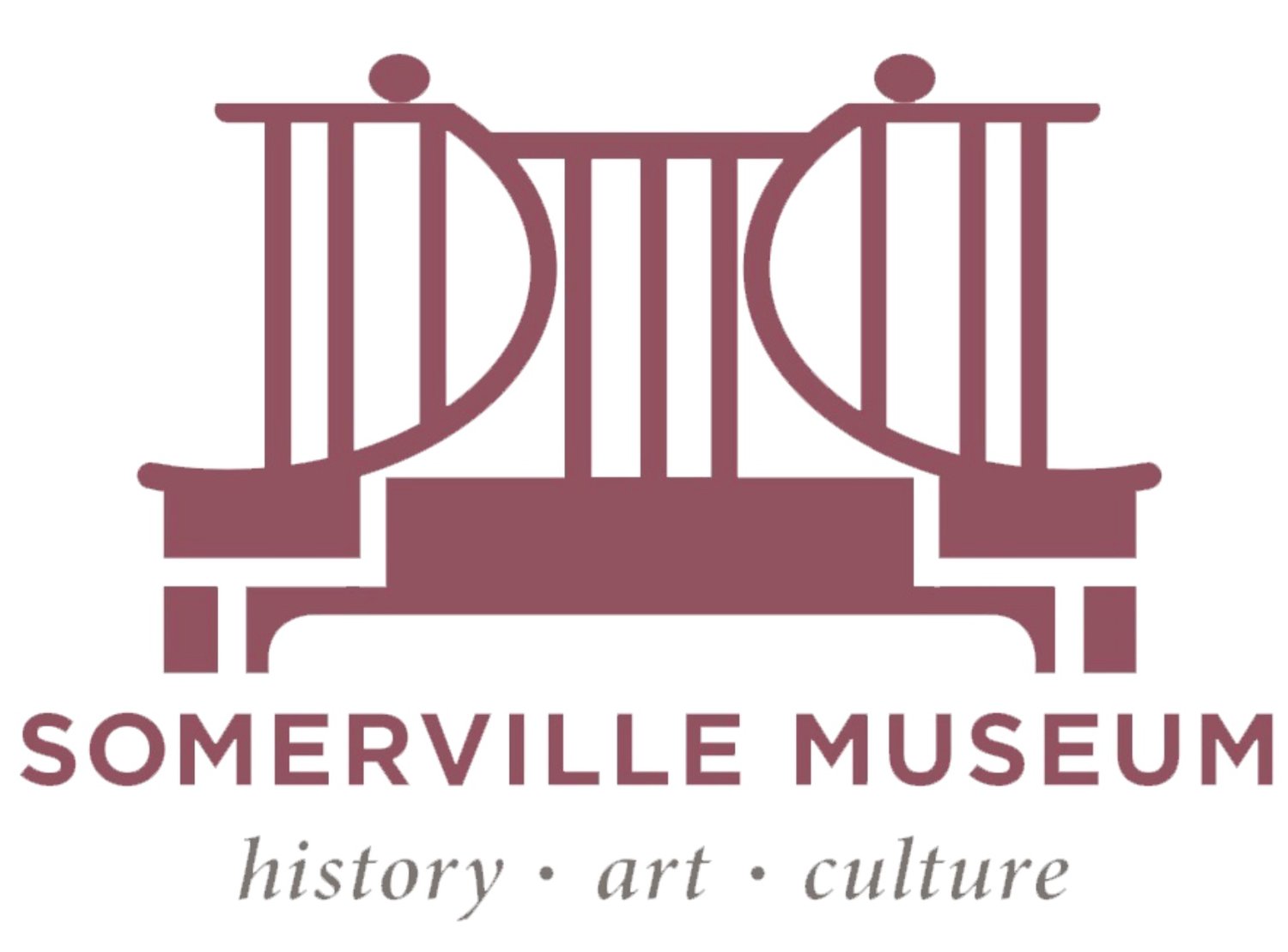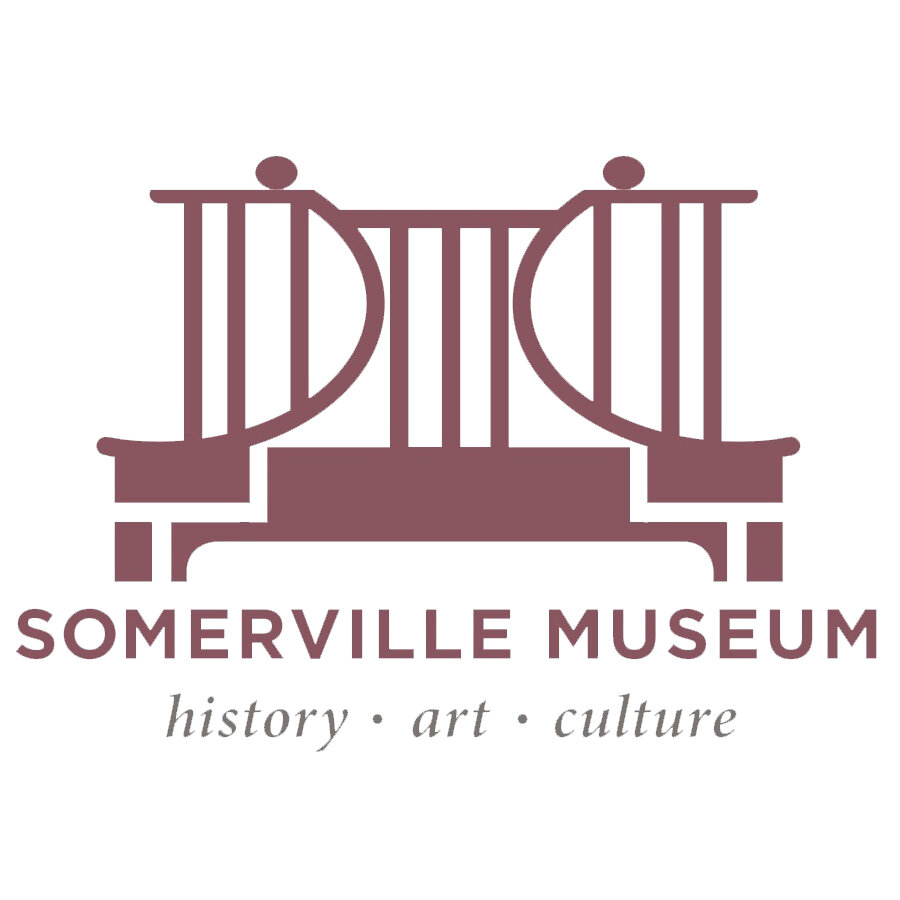Historic Somerville
Founded in 2004, the nonprofit Historic Somerville was a respected grassroots network of individuals and organizations, whose volunteer board members represented varied interests. Given the significant overlap in staff, goals, and mission, as of March, 2021 the Historic Somerville organization has merged with the Somerville Museum. Former supporters of Historic Somerville include Somerville’s Historic Preservation Commission.
Preservation Work
Historic Sites need protection. Many historic buildings and sites in Somerville are attractive to developers. Where these new developments incorporate the older structures and preserve or extend their character, they are often a welcome addition to the City’s neighborhoods. In other cases, the historic fabric is threatened with being dismantled, mutilated or outright demolished. Before these assets can be protected, they must be identified. Historic Somerville strongly supports the City’s initiative to identify the buildings, collections, monuments, and sites that make up our historic heritage.
The Tympanum of St. Polycarps Church in 2004
A historic property survey was initiated in 2004 by the Somerville Historic Preservation Commission to identify important historical structures throughout the City. The decision in recent years to close a number of churches by the Archdiocese of Boston has brought the need for such a survey close to home. St. Polycarps’ Church in Winter Hill, although closed in 2002 due to a change in demographics is a case in point. This large and imposing church has created a gracious presence in the area of Winter Hill since its construction in 1933. After closing, however, the stained glass windows, which had been donated by local parishioners, were removed and given or sold to a church in Florida. The parishioners and Somerville residents had no say in this matter. More recently, in 2007 the new congregation decided to remove some of the sculpture from the exterior of the building. The outcome would undoubtedly have been different had the church been historically protected by a local historic district designation.
Below, see St. Polycarps after defacement, November 2007.



